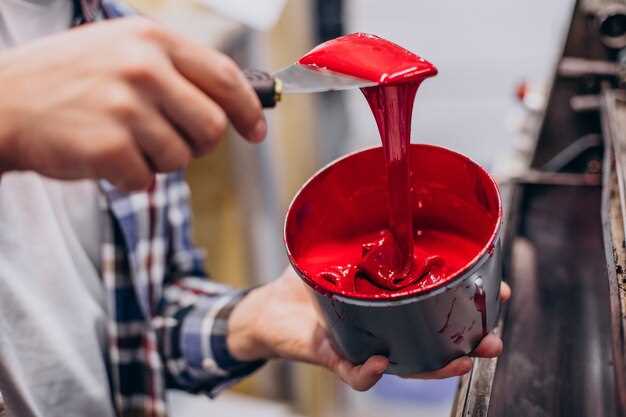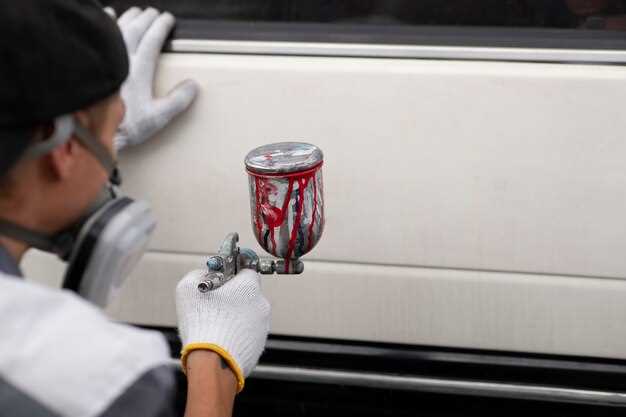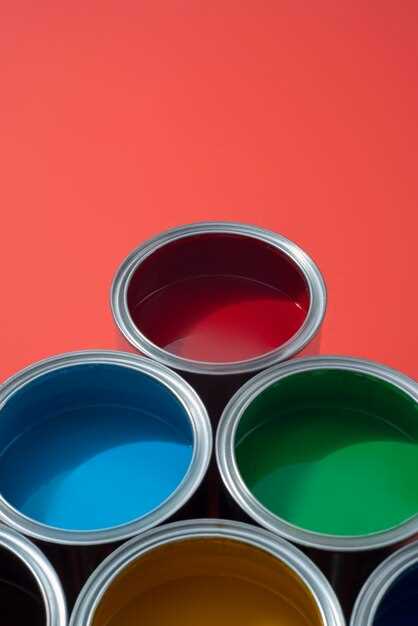
When it comes to the manufacturing and maintenance of products, achieving the precise shade of paint is critical. Whether for automotive finishes, household appliances, or industrial equipment, factory paint colors play a vital role in brand identity and product quality. A mismatch not only undermines aesthetics but can also affect perceived value and customer satisfaction.
To ensure high-quality results, various methods have been developed to accurately match factory paint colors. These techniques range from traditional color matching practices to advanced technological solutions. Understanding these methods is essential for manufacturers, repair shops, and DIY enthusiasts alike, as it helps maintain consistency across products and facilitates repairs when necessary.
This article explores the most effective approaches for matching factory paint colors, covering both manual and automated processes. From colorimeters and spectrophotometers to paint mixing systems and visual assessments, each method has its advantages and considerations. By delving into these options, we aim to equip readers with the knowledge necessary to achieve precise color matching in their projects.
Understanding Color Theory for Precise Matching

Color theory is a fundamental aspect of achieving accurate paint color matching in factory settings. It involves understanding how colors interact, how they are perceived, and how they can be manipulated to achieve desired outcomes. At its core, color theory provides a framework for working with color wheels, color harmonies, and color contexts.
The color wheel is a pivotal tool in color theory, consisting of primary, secondary, and tertiary colors. Primary colors–red, blue, and yellow–cannot be created by mixing other colors. Secondary colors, formed by mixing primary colors, include green, orange, and purple. Tertiary colors arise from the mixing of primary and secondary colors. Familiarity with the color wheel aids factory painters in visualizing relationships between colors, enabling them to create precise matches.
Understanding color harmonies is also crucial for effective color matching. Harmonies involve combinations of colors that are visually appealing and produce specific emotional responses. Complementary colors, which are opposite each other on the color wheel, create high contrast and vibrant look. Analogous colors, found adjacent to each other, generate a serene and unified appearance. By leveraging these harmonies, factory professionals can enhance the cohesiveness of paint palettes and ensure accurate color reproduction.
The perception of color can vary based on surrounding colors, lighting conditions, and surface textures. This phenomenon, known as color context, highlights the importance of considering the environment in which a color will be viewed. Lighting, whether natural or artificial, can drastically alter the appearance of paint colors. For precise matching, factory environments should be equipped with standardized lighting and consistent viewing conditions to minimize discrepancies.
Furthermore, the principles of subtractive and additive color mixing are essential for accurate paint formulation. Subtractive mixing occurs when pigments combine, absorbing various wavelengths of light and reflecting others, which is the basis for paint mixing. In contrast, additive mixing refers to the combination of light colors. Understanding these concepts helps factory workers select and mix paints more effectively, ensuring that the final product meets specified color standards.
In conclusion, a strong grasp of color theory is indispensable for achieving precision in factory paint color matching. By understanding the color wheel, harmonies, perception, and mixing principles, professionals can create paints that not only match catalog colors but also meet aesthetic and functional requirements dictated by the specific application.
Utilizing Color Measurement Tools: A Step-by-Step Guide
Color measurement tools are essential for accurately matching factory paint colors. These devices provide precise data that help in achieving consistency and fidelity in color applications. Follow this step-by-step guide to effectively utilize color measurement tools.
Step 1: Choose the Right Tool
Select a color measurement tool that suits your needs. Common options include spectrophotometers, colorimeters, and portable color matching devices. Consider factors such as the type of paint, surface texture, and the environment in which measurements will be taken.
Step 2: Prepare the Surface
Ensure that the surface from which you will take measurements is clean, dry, and free of any contaminants. Any dirt, oil, or debris can distort the color readings, leading to inaccurate results.
Step 3: Set Up the Tool
Configure the color measurement tool according to the manufacturer’s instructions. This may include calibrating the device, choosing the correct settings for the type of material being measured, and ensuring that the light source is appropriate for accurate readings.
Step 4: Take Color Readings
Position the tool perpendicular to the surface and ensure that it makes complete contact. Take multiple readings in different areas to account for any variations in color. Record the results as specified by the tool’s guidelines.
Step 5: Analyze the Data
Use the software or app that accompanies your color measurement tool to analyze the data. Look for values such as LAB and RGB color coordinates, which help in comparing measurements against standard or existing colors.
Step 6: Adjust Formulations
Based on the analysis, adjust paint formulations as necessary to match the desired color. This may involve adding tints or bases to achieve the right tone and saturation. Conduct further tests to ensure the accurate match before proceeding to larger production runs.
Step 7: Document Results
Maintain detailed documentation of readings and formulations used for future reference. This practice not only aids in achieving consistency over time but also serves as a guide for troubleshooting color matching issues that may arise.
Conclusion:
By following these steps and effectively utilizing color measurement tools, you can enhance the precision in matching factory paint colors, ultimately leading to higher quality standards in production and customer satisfaction.
Common Challenges in Paint Matching and How to Overcome Them

Paint matching can be a complex process influenced by various factors. One common challenge is the difference in paint finishes. Glossy, satin, and matte finishes reflect light differently, causing variations in color perception. To overcome this, it is essential to match the finish of the sample paint with the intended application for accurate comparison.
Another challenge arises from environmental factors. Lighting conditions can significantly affect how colors are perceived. For instance, natural daylight presents colors differently than artificial light sources. To address this issue, conduct color matching in consistent lighting environments, ideally using standardized light conditions, such as daylight simulation bulbs.
Color fading over time is also a significant obstacle. Paint applied in a factory setting may change hue due to UV exposure, weather, or wear. To counteract this, use a color restoration system or take samples from less exposed areas, if possible, to ensure that the color sample reflects the original hue more accurately.
Differences in substrates can create challenges as well. The surface type–metal, wood, or plastic–can absorb and reflect paint differently, leading to discrepancies in color matching. When matching paints on different materials, test the paint on the actual substrate to see how it interacts with the surface.
Lastly, the broad spectrum of paint formulations can complicate the process. Variances in chemical compositions may create unexpected color shifts. To mitigate this, use a cross-reference tool that aligns specific paint types to avoid mismatches. Always have a professional involved when dealing with specialized or complex finishes to ensure consistency and accuracy.

